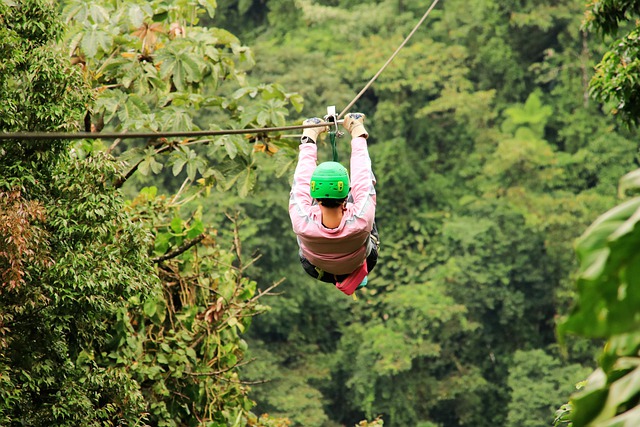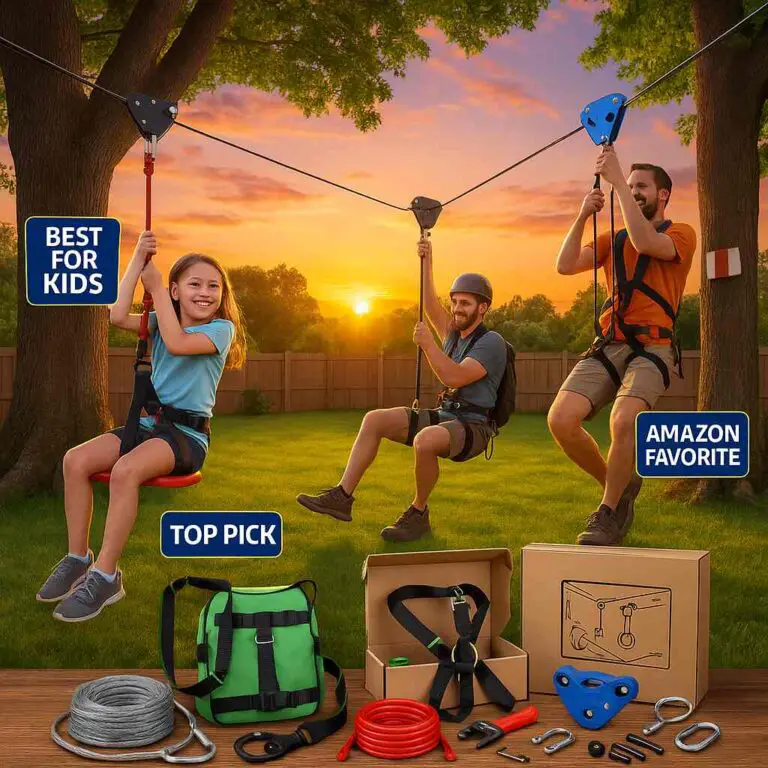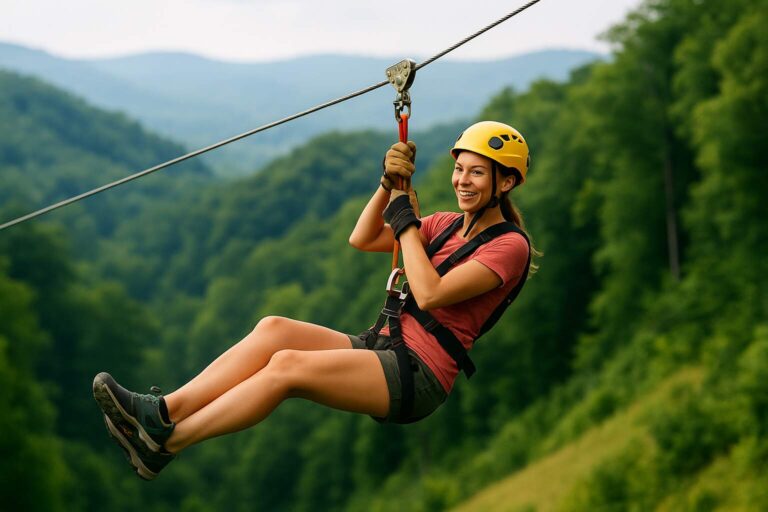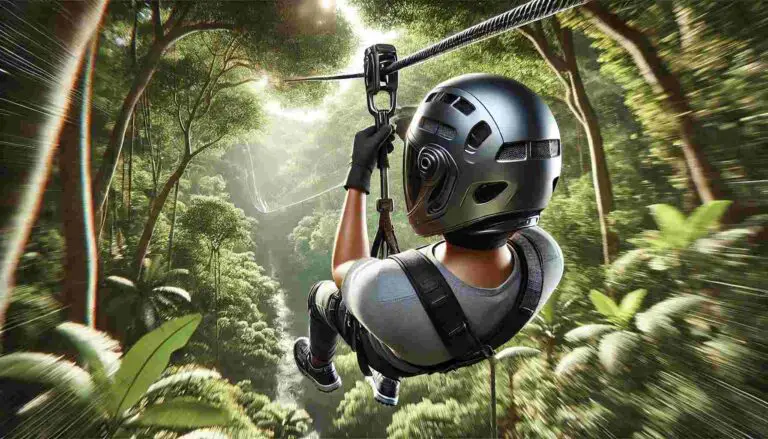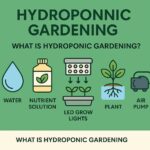Ziplining is an exhilarating outdoor activity that involves gliding through the air on a cable suspended above the ground. It’s a thrilling experience that allows individuals to feel a rush of adrenaline as they soar through the air at high speeds. However, not everyone has had the opportunity to experience ziplining due to physical limitations. That’s why it’s important to make outdoor activities accessible to everyone, including those with disabilities.
In this article, I’ll explore the world of ziplining for handicapped individuals, including the different types of disabilities that can enjoy ziplining, locations that offer ziplining for handicapped individuals, benefits of ziplining for handicapped individuals, challenges and barriers, and more. Let’s get started!
Types of disabilities that can enjoy zipline
Ziplining is an activity that can be enjoyed by people with a wide range of disabilities. Here are some of the types of disabilities that can enjoy ziplining:
Wheelchair users
- Explanation of adaptive equipment: There is a range of adaptive equipment available for wheelchair users to participate in ziplining. One example of adaptive equipment is the sit harness, which allows individuals to sit comfortably and securely in a harness while they zip through the air.
- How the equipment works: The sit harness is attached to the zipline cable, and the individual is secured in the harness with straps and buckles. The harness allows the individual to sit comfortably while they glide through the air.
- Safety considerations: Safety is always a top priority in ziplining, and the same is true for wheelchair users. The seat harness and other adaptive equipment must be properly secured to ensure the safety of the individual.
Blind individuals
- Explanation of support system: Blind individuals can participate in ziplining with the help of a support system. The support system includes a guide who is trained to assist blind individuals in navigating the zipline.
- How the support system works: The guide provides verbal cues to the blind individual to help them navigate the zipline. The guide may also use physical cues, such as tapping the individual’s shoulder, to indicate when to brake or slow down.
- Safety considerations: The guide is trained to ensure the safety of the blind individual throughout the ziplining experience. The guide must be knowledgeable about the equipment and safety procedures to ensure a safe and enjoyable experience for the blind individual.
Deaf individuals
- Explanation of communication system: Deaf individuals can participate in ziplining with the help of a communication system. The communication system includes visual cues and gestures to indicate when to brake or slow down.
- How the communication system works: The zipline staff may use visual cues, such as waving their hands or using a flag, to indicate when to brake or slow down. The deaf individual may also communicate through sign language or written notes to ensure proper communication.
- Safety considerations: Clear communication is essential for a safe ziplining experience, and the communication system must be well-established and understood by all parties involved to ensure the safety of the deaf individual.
Locations that offer ziplining for handicapped individuals
Ziplining for handicapped individuals is becoming more popular, and there are many locations around the world that offer this activity. Here are some of the locations that offer ziplining for handicapped individuals:
United States
- Adventure Park USA – Monrovia, Maryland
- Ziptrek Ecotours – Whistler, British Columbia
- Smoky Mountain Ziplines – Pigeon Forge, Tennessee
- Koloa Zipline – Koloa, Hawaii
- The Gorge Zip Line – Saluda, North Carolina
International
- Selvatica – Cancun, Mexico
- Hacienda Barú – Dominical, Costa Rica
- WildPlay Element Parks – Victoria, British Columbia
- EcoZip Adventures – Waiheke Island, New Zealand
- Zip World – Bethesda, Wales
These locations offer a variety of ziplining experiences, including different heights, lengths, and speeds. It’s important to do research and contact the location beforehand to ensure that they can accommodate the specific needs of handicapped individuals.
Benefits of ziplining for handicapped individuals
Ziplining can provide numerous benefits for handicapped individuals, both physical and mental. Here are some of the benefits of ziplining for handicapped individuals:
Physical benefits
- Strengthening muscles: Ziplining requires the use of various muscles, such as the core, arms, and legs, which can help improve overall strength and endurance.
- Improving coordination: Ziplining requires coordination between different parts of the body, such as using the arms to brake and the legs to steer. This can help improve overall coordination skills.
- Increasing flexibility: Ziplining can help improve flexibility by requiring individuals to maintain various body positions and move through different ranges of motion.
Mental benefits
- Boosting self-esteem: Ziplining can be a challenging activity, and successfully completing it can help boost self-esteem and confidence.
- Enhancing mood: Ziplining can be a fun and exhilarating experience, which can help enhance mood and reduce stress.
- Promoting independence: Ziplining can provide handicapped individuals with a sense of independence and empowerment, as they are able to participate in an activity that may have been previously inaccessible to them.
Overall, ziplining can provide handicapped individuals with an exciting and rewarding experience, while also promoting physical and mental health benefits.
Challenges and Barriers to Ziplining for handicapped individuals
Despite the increasing availability of ziplining for handicapped individuals, there are still some challenges and barriers that need to be addressed. Here are some of the challenges and barriers to ziplining for handicapped individuals:
Attitude and perception
- Explanation of societal stereotypes. There are still societal stereotypes and stigmas around disabilities, which can create a barrier for handicapped individuals to participate in activities like ziplining.
- Importance of changing attitudes. It’s important to promote inclusivity and challenge these stereotypes by highlighting the abilities and strengths of handicapped individuals.
Lack of accessible facilities
- Explanation of inaccessible locations. Some zipline locations may not be accessible for handicapped individuals due to physical barriers, such as stairs or steep terrain.
- Need for inclusive infrastructure. There is a need for more inclusive infrastructure to ensure that ziplining and other outdoor activities are accessible to everyone, regardless of their abilities.
Safety concerns
- Explanation of equipment limitations. The equipment used for ziplining may have limitations for handicapped individuals, which can create safety concerns.
- Need for specialized training. Zipline staff may need specialized training to ensure that they can safely assist handicapped individuals throughout the ziplining experience.
Overall, there are still challenges and barriers that need to be addressed to ensure that ziplining is accessible and safe for all individuals, including those with disabilities.
Conclusion
In conclusion, ziplining for handicapped individuals is an exciting and rewarding activity that can provide numerous physical and mental health benefits. However, there are still challenges and barriers that need to be addressed to ensure that this activity is accessible and safe for everyone.
It’s important to promote inclusivity and challenge societal stereotypes around disabilities to ensure that handicapped individuals have the opportunity to participate in activities like ziplining. Additionally, more inclusive infrastructure and specialized training for zipline staff can help make this activity more accessible for handicapped individuals. With continued efforts to make ziplining and other outdoor activities accessible to everyone, we can ensure that everyone has the opportunity to enjoy the thrill and excitement of zipping through the air.
Ziplining can also be safe for seniors.

